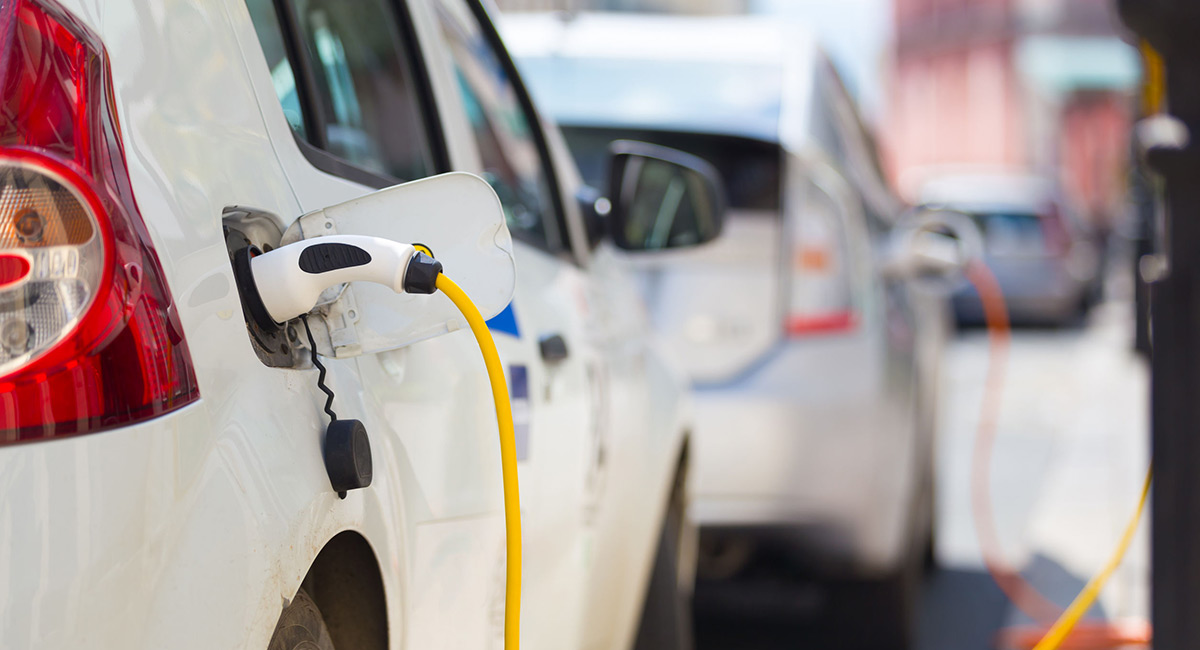There is growing concern among some commentators and experts that the United States has become “dangerously dependent” on imported minerals and metals and that such dependence is hampering the development of clean energy technologies. The concern is real.
But the reason the U.S. is dependent on foreign producers, many of them competitors and adversaries, is not that many of the world’s mines are owned or controlled by China and Russia but that government policies supported by radical “green” interest groups have blocked the development of adequate domestic supplies of these raw materials, which are essential to the green dream of a “net zero” fossil fuel future.
Consider, for starters, lithium, one of the metals used in the lithium-ion batteries that power electric vehicles. As I write, environmental groups are blocking the development of a new lithium mine in a remote part of Nevada, arguing, among other things, that the mine would harm the habitat of an endangered desert plant, Tiehm’s buckwheat.
The demand for lithium and other battery metals, such as copper, cobalt, graphite, and nickel, is large and growing. The International Energy Agency projects that global lithium demand is set to explode fortyfold by 2040 just to keep up with the electrification of transportation. The demand for other metals critical for solar panels, wind turbines, and other environmentally friendly green technologies is expected to soar as well.
The U.S. is in a poor position to respond to those demands. It’s not for a lack of resources: Domestic reserves of many of the key metals are vast. Rather, we can’t supply our own needs because environmental activists routinely block attempts to open new mines or reopen existing mines, and the federal government’s long, drawn-out mine permitting process, according to industry officials, makes many projects “altogether financially unviable.” The result: U.S. mineral imports have doubled in just the past two decades.
Twenty-five years ago, the U.S. imported 100% of eight minerals and metals. Today, it imports 100% of 21 minerals and metals—14 of which are deemed “critically important” by the Department of Defense and Interior Department. Lithium is a good example. Despite its significance, just one such mine operates on U.S. soil, in Nevada.
Cobalt is another commodity the federal government classifies as being of “strategic and critical” importance to U.S. security, not to mention its use in lithium-ion batteries and other green technologies. Yet, as Politico reported late last year, “Today’s global cobalt supply chains are dominated by China.” Indeed, the Politico story points out, only one mine in the U.S. is “set up to primarily produce cobalt,” in Idaho, and it’s not expected to begin production until at least the middle of next year.
Copper falls in this category as well. Despite a global copper shortage, the Biden administration recently put a halt to a major copper mining project in Arizona. The administration is wavering on a second.
Amazingly, many of the same environmental activists who have been spearheading the drive for a carbon-free future also have been leading the opposition to opening the new mines and processing facilities needed to support such a future. Not only do these activists routinely block new mining projects, but they also staunchly oppose regulatory reforms that would streamline the permitting process. They want it both ways.
The environmental movement’s irrational obstructionism is hardly new. Against all reason, most “greens” continue to oppose emission-free nuclear power and want existing plants, such as Diablo Canyon in California, to shut down, even though nuclear power supplies 55% of America’s zero-carbon energy.
China is not the enemy here—the greens are the enemy.
Isn’t it ironic that many of the same people leading the battle against climate change and global warming also are standing in its way? It’s time to look rationally at the challenges ahead and start opening the mines America needs to support the green dream of clean energy manufacturing and a nationwide renewable energy grid.











